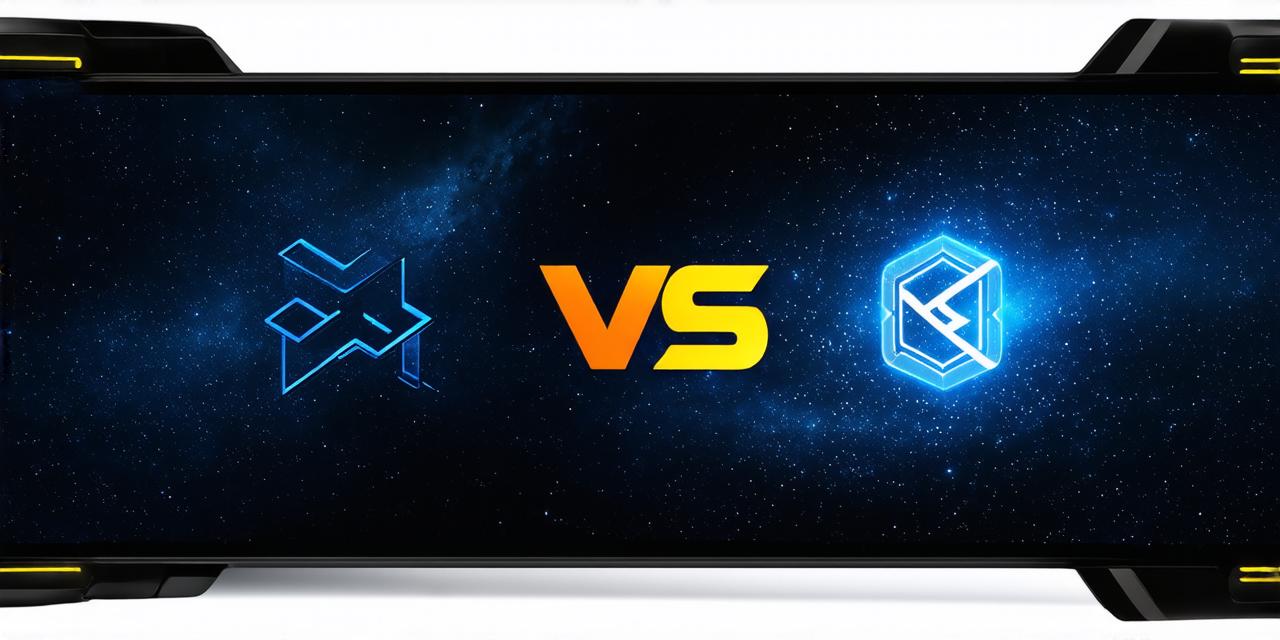Augmented reality (AR) and mixed reality (MR) are two emerging technologies that have been gaining popularity in recent years. While both technologies overlap, there are key differences between them that can impact their applications and use cases. In this article, we will explore the main differences between AR and MR, as well as their unique features and potential applications.
What is Augmented Reality?
AR is a technology that enhances or “augments” the real-world environment with digital information, such as graphics, sounds, and haptic feedback. This digital information is overlaid onto the real world using a camera or display device, creating an immersive and interactive experience for the user. AR can be used in a variety of applications, including gaming, education, marketing, and entertainment.
What is Mixed Reality?
MR is a technology that combines both AR and virtual reality (VR) to create a seamless and immersive experience. In MR, digital objects are placed in the real world, but can also be interacted with as if they were physical objects. This allows for a more realistic and natural interaction with digital content, as the user can physically manipulate and engage with digital objects in the real world.
Key Differences between AR and MR
-
Interactivity: AR is primarily focused on displaying digital information overlaid onto the real world, while MR allows for more interactive and natural interactions with digital content.
-
Realism: MR can create a more realistic experience by placing digital objects in the physical world, while AR may struggle to replicate the natural interaction between physical and digital objects.
-
Complexity: MR is generally more complex to develop and implement than AR, due to the need for advanced tracking and rendering technologies.
-
Applications: While both AR and MR have a variety of potential applications, MR may be particularly well-suited for industries such as architecture, design, and engineering, where physical objects need to be manipulated and interacted with in a realistic manner.
Summary
In conclusion, while AR and MR share some similarities, they are fundamentally different technologies with unique features and potential applications. AR is focused on enhancing the real-world environment with digital information, while MR combines AR and VR to create a more immersive and interactive experience. As these technologies continue to evolve and become more widespread, we can expect to see new and innovative use cases emerge in a variety of industries.



